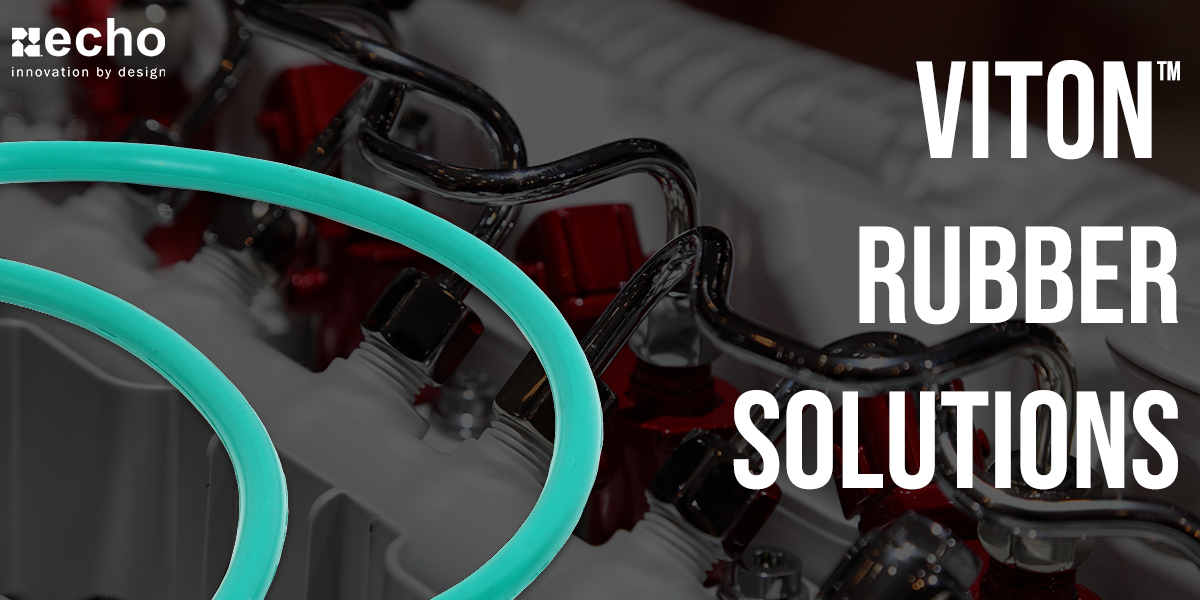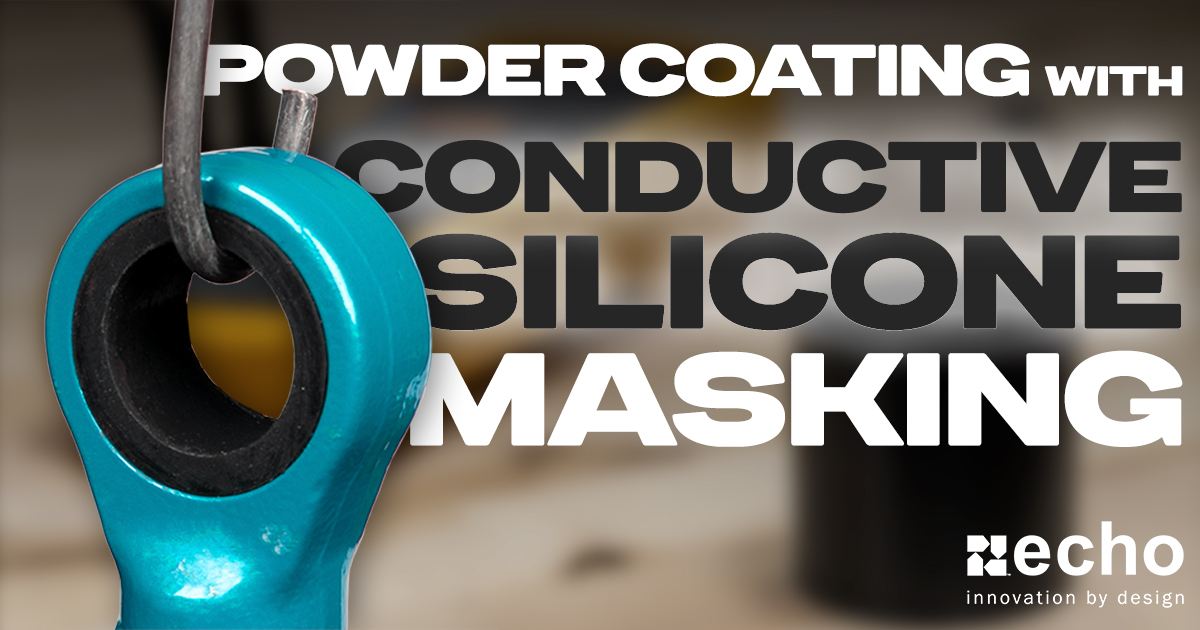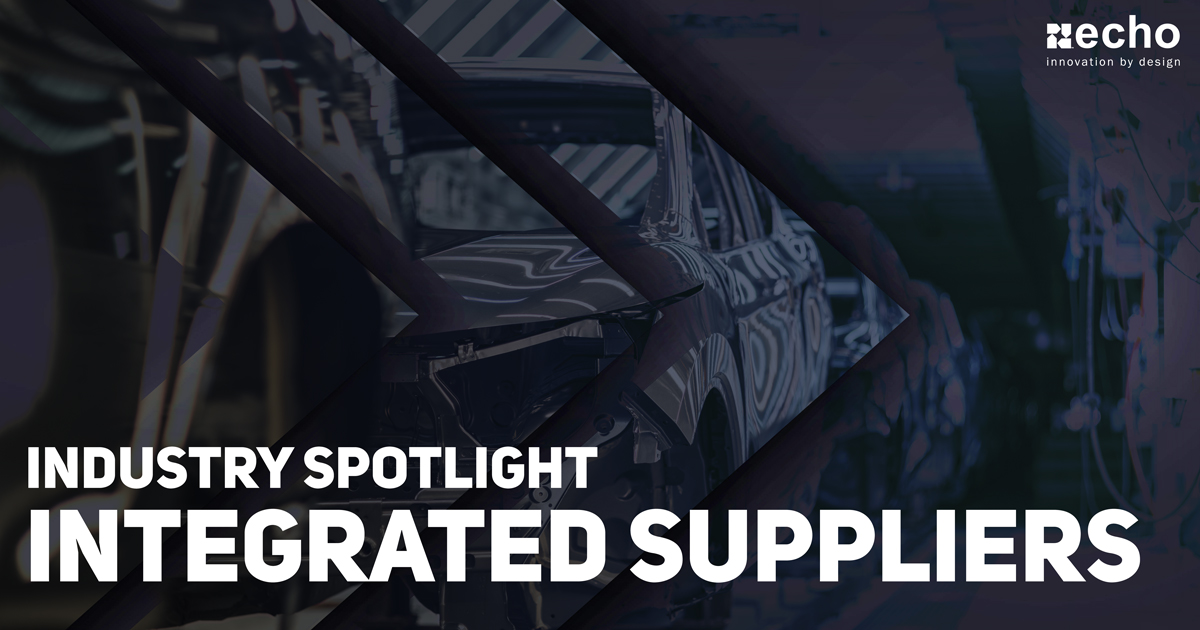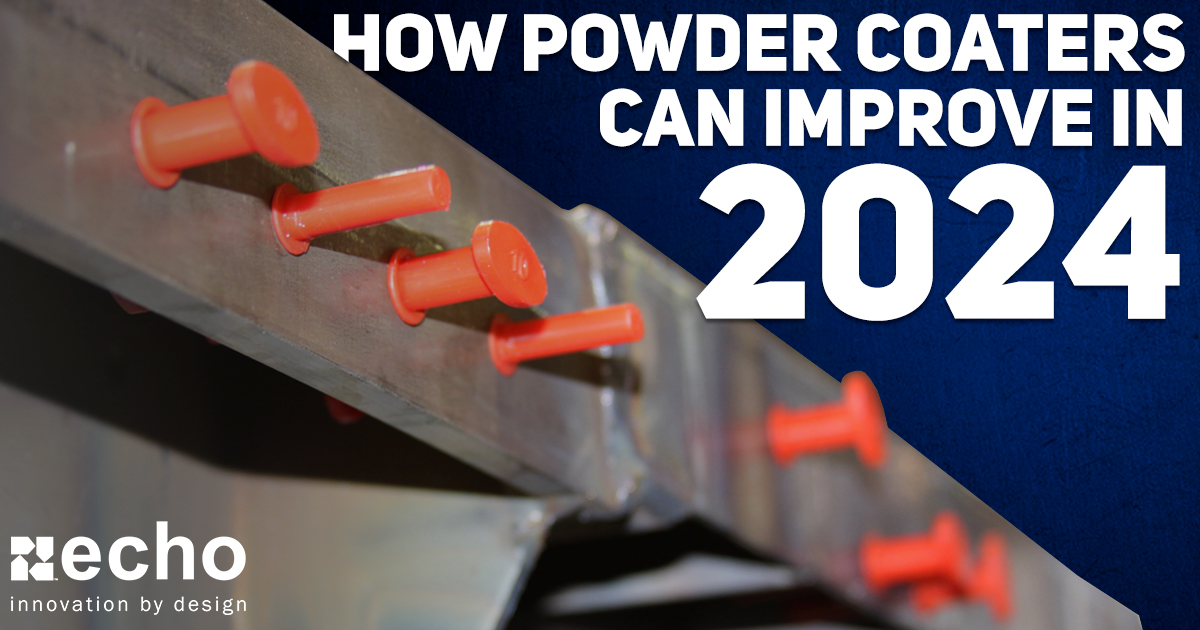EPDM Rubber Solutions
- By Echo Engineering
- Nov 1, 2018
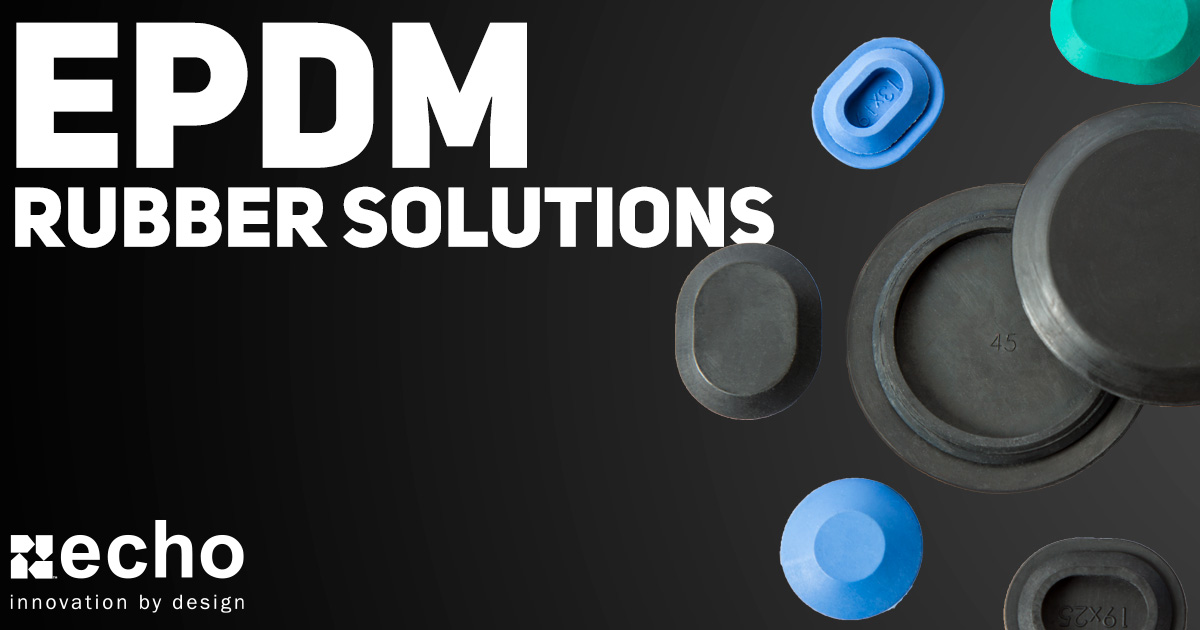
EPDM stands for Ethylene-Propylene-Diene-Monomer and is a type of synthetic rubber characterized by many applications. As its name denotes, EPDM is a terpolymer of ethylene, propylene, and a diene component. The specific diene component used in EPDM varies depending on the desired properties, but some common dienes are dicyclopentadiene (DCPD), ethylidene norbornene (ENB), or vinyl norbornene (VNB).
In the 1960s, companies tried to produce unique synthetic elastomers, specifically UV-resistant rubber that would not degrade as natural rubber does outdoors for extended periods. EPDM was developed as a result and was a very successful invention as it is UV-resistant and provides an excellent alternative to natural rubber. EPDM’s resistance to weathering is the material’s defining feature that sets it apart from other rubbers.
EPDM is usually produced via polymerization in solution technique. One of the steps is vulcanization, a chemical process to convert polymers into more durable materials by introducing crosslinks in the polymer chain. EPDM is typically vulcanized with sulfur; however, vulcanization can also occur using peroxides when sulfur-free rubber is required. Additionally, different additives or materials can be used during EPDM manufacturing to provide the desired physical properties; for example, food-grade EPDM can be produced using FDA-approved ingredients for food processing operations.
Like most rubbers, EPDM can be manufactured in many forms, such as pellets, cements, or sheets of varying thicknesses. EPDM rubber can be used in various manufacturing processes, including compression molding, transfer molding, rubber injection, rubber extrusion, and rubber-to-metal bonding.
EPDM Advantages and Uses
EPDM rubber is an extremely versatile material used in various applications due to its desirable physical properties. Below are some of the key benefits of EPDM rubber.
- Excellent Ozone and UV resistance: EPDM exhibits outstanding resistance to ozone and UV and retains its color, making it preferable over natural rubber and a great choice for outdoor applications.
- Great tensile strength: EPDM does not tear easily, making it advantageous over silicone rubber.
- Wide temperature range: EPDM has a broad range of operating temperatures compared to many of its competitors, such as Neoprene rubber and Nitrile Butadiene Rubber (NBR) which are limited to low-temperature operations.
- High chemical resistance: EPDM has good resistance to many chemicals such as anti-freeze, synthetic detergents, acetone, boric acid, ethanol, formaldehyde, mercury, saccharin, and steam. Note that EPDM is not recommended for use with petroleum-based products.
- Strong water and weather resistance: EPDM does not stain, mildew, or warp due to water or weather exposure.
Low electrical conductivity
In addition to its desired properties, EPDM is often a lower-cost option since it lasts long without breaking down – saving time and money on replacement parts. These qualities, especially it’s resistance to ozone and UV, make EPDM rubber popular for use in industrial settings, such as seals, plugs, and gaskets, as well as in automobiles, roofing, and HVAC systems. EPDM is also used in indoor applications such as refrigerators.
EPDM Rubber Solutions
Echo Engineering’s EPDM rubber solutions can be bucketed into 2 categories: MRO masking parts and OEM components. Below is information about each category of EPDM parts.
EPDM Masking Solutions
Echo's catalog EPDM caps, tapered plugs, and pull plugs are a favorite choice with Platers because they don't leave silicone residue and have better chemically resistant properties than the silicone options. Echo also specializes in custom molded EPDM masking solutions for when our catalog products don't meet your exact needs.
EPDM OEM Solutions
If you were to pop open the hood of your vehicle, chances are you'd be able to find one of Echo's EPDM components. One of our most common parts is non-conductive EPDM A/C line grommets. These grommets are developed by pulling out the carbon black, helping prevent galvanic corrosion. That's just one example of many EPDM solutions Echo has produced. Other examples include:
- EPDM Body Panel Plugs: Offering better sealing and NVH qualities compared to butyl foil patches and plastic plugs
- Door Seals: Preventing air and liquid from escaping or entering the vehicle, as well as having secondary NVH applications
- Boots & Bellows: Flexible and a great option for preventing dirt, dust, and debris from entering vital components
- Air Intake Ducts: Flexible connecting devices used to connect the air intake manifold to the air filter box
- Fuel Tank Pads: Used to separate the fuel tank from the vehicle's body and reduce NVH
About Echo Engineering
Since 1966, Echo has been partnering with customers to create and supply meaningful solutions for Connecting, Fastening, NVH, and Sealing challenges. The company has designed, engineered, and manufactured thousands of value-added rubber components and assemblies within many industries. Echo’s success with designing and manufacturing complex rubber components stems from its team of in-house design and materials engineers, 3D rapid prototyping, quality management, internal and third-party testing, and supply chain management.
Echo Engineering takes the time to understand what role a part plays in a customer’s manufacturing process or product development to recommend a solution confidently. Whether a customer requires a standard stock component or one that requires customization, the Echo team is equipped to provide what is needed - fast.




